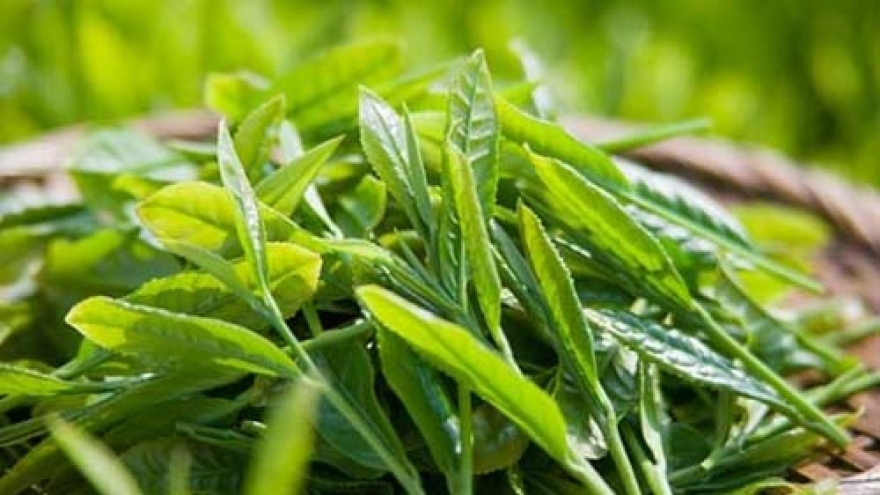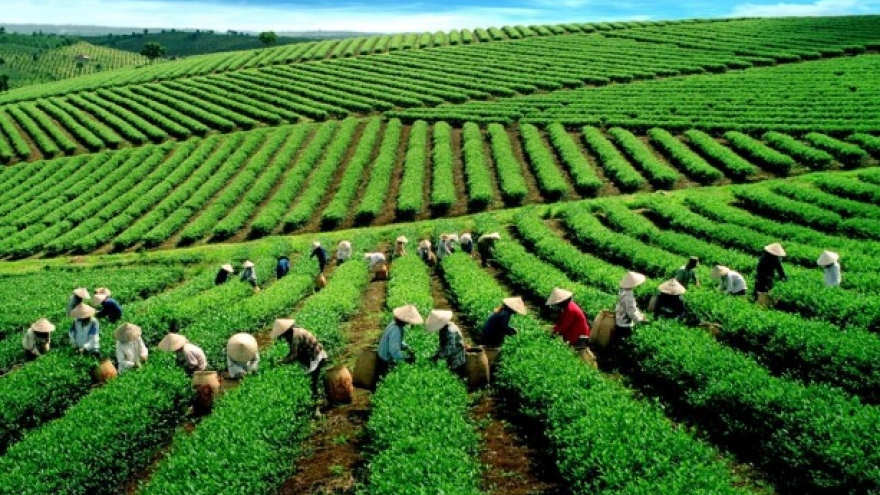Shrinking prices lower Vietnam’s tea export value
A fall in tea export value is putting pressure on the tea industry to enhance product quality to raise the value and price of tea products.
 |
The Vietnam Industry and Trade Information Centre (VITIC) reported that Vietnam is the fifth largest tea exporter in the world but the country’s tea export value is still modest since the price of Vietnamese tea is equivalent to only 60 or 70% of world tea prices.
In particular, in the first seven months of this year, the Vietnamese tea price dropped 6.6% to US$1,160 per tonne.
Statistics also showed that although tea exports increased nearly 5% in volume to touch 69,000 tonnes, its export value dropped over 2% in the first seven months of the year, compared with the same period last year.
For instance, in the last seven months, the Vietnamese tea industry’s exports to Pakistan, which is the Vietnam’s biggest tea importer with a 33.7% market export share, declined 11.1% in value because the price was down 9.8% over the same period last year.
Experts from VITIC attributed the drop in tea export prices to low product quality, which made Vietnamese tea prices down.
They said that quality was currently the greatest problem that the tea industry encountered, which could lead to a loss of export markets to competitors.
There are many factors affecting Vietnamese tea quality, including a lack of management of pesticide use, outdated farming techniques and lack of co-ordination between plantations and processing and distribution.
Another reason is that many tea processors did not have their own tea plantations so they have to collect tea materials from different sources, some of which do not have clear origins, and through many intermediaries. This has caused the quality of tea products to be inconsistent, and production costs to be high.
A representative from the Vietnam Tea Association, who declined to be named, said that there should be an organisation to monitor the use of pesticides and fertilisers in tea cultivation to ensure quality.
To improve the situation, former Minister of Agriculture and Rural Development Cao Duc Phat once said that tea was among the most important agricultural exports of Vietnam, adding that attention must be paid to developing tea cultivation, especially improving tea quality and ensuring food hygiene standards.
Meanwhile, experts from the Ministry of Industry and Trade said that the Government and enterprises should attach importance to the application of scientific and technological achievements to production and processing of tea products.
They also stressed the need for the development of a Vietnamese tea brand together with the organisation of trade promotion activities was also indispensable for boosting tea exports.
Vietnam has for a long time been known as one of the cradles of the global tea industry.
By August 2015, the planted area of the whole country had reached 140,000 ha and the dried tea output was 180,000 or 190,000 tonnes, of which 75 or 80% was exported. Vietnamese tea has found its way to more than 110 countries and territories.
The main export earners include black tea, green tea, lotus fragrant tea, oolong tea and jasmine tea, which are mainly exported to Taiwan, China, the United States, Pakistan, Indonesia and Malaysia.


